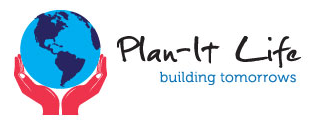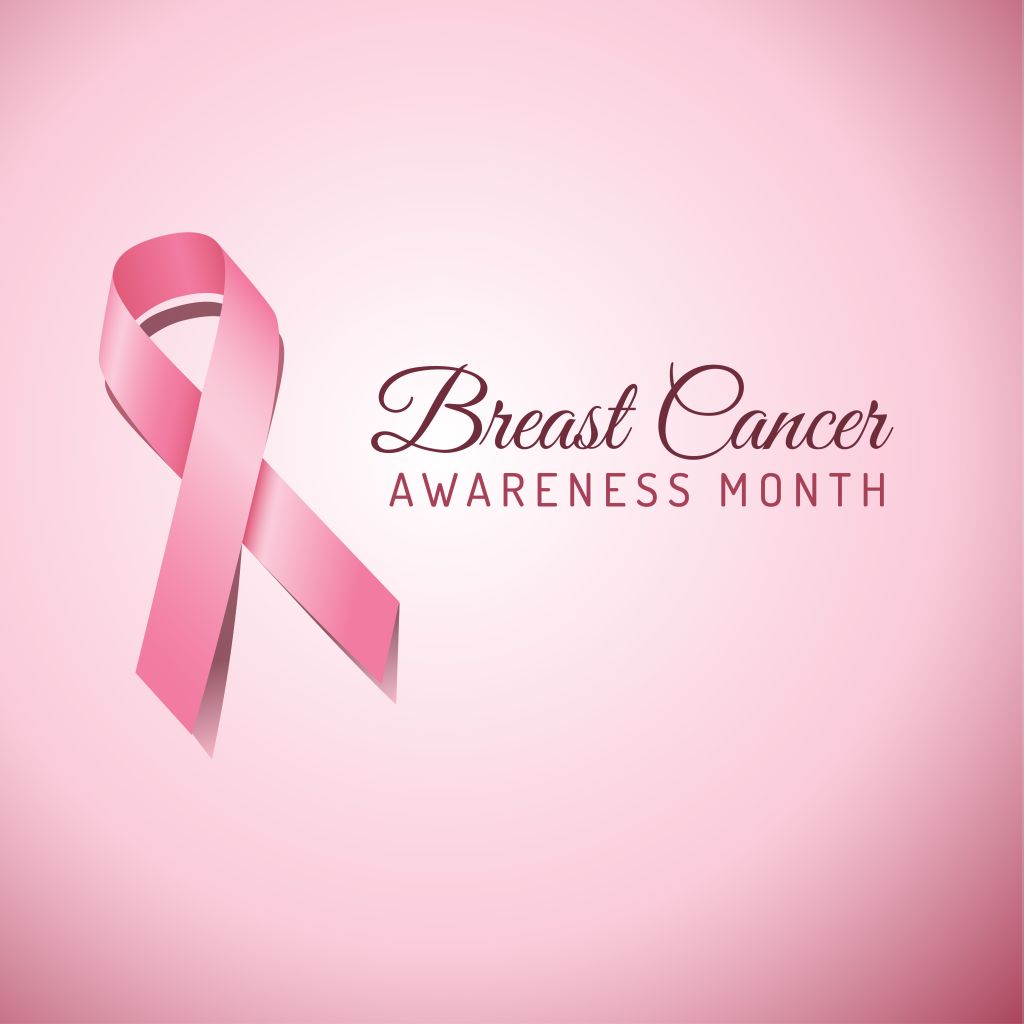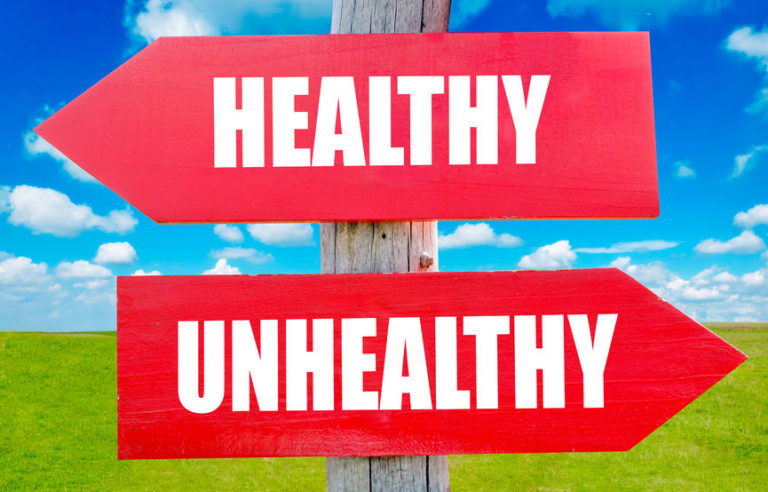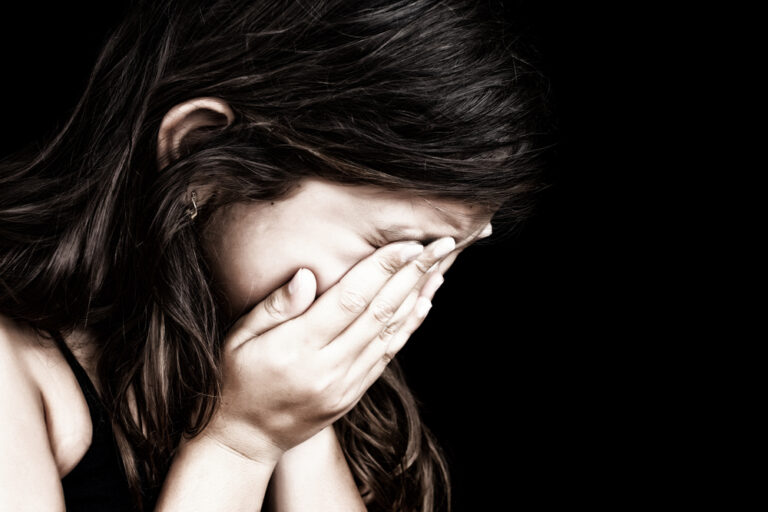Breast Cancer Awareness Month
There are more than 200,000 US cases of breast cancer per year. Although breast cancer can appear in men, it is a more common diagnosis in women. The American Cancer Society states that there will be about 2,600 new cases of invasive breast cancer for men in 2016 and approximately 440 men will die from breast cancer. The difference is that breast cancer is nearly 100 times less common among men than among women.
Although we will give you a few details of symptoms and possible treatments, we highly recommend talking to your doctor if you should experience any of these symptoms or if you have any concerns or questions. This blog is to help bring awareness about breast cancer to women and men of all ages and is not intended to diagnose or replace your doctor.
Symptoms:
Symptoms of breast cancer may include but are not limited to lump(s) in the breast, bloody discharge from the nipple, and changes in the shape or texture of the nipple or breast. If you’re experiencing any of these symptoms, please consult your doctor immediately.
There may also not be any symptoms, but one might experience:
Some discomfort, inverted nipple, lumps, or nipple discharge. Also common is redness or swollen lymph nodes. If you’re experiencing any of these symptoms, please consult your doctor immediately.
Performing Self Breast Exams
It is encouraged that all women perform self-breast exams at least once a month. There are three suggested ways to do your breast exam.
- In the shower
Move your entire breast in a circular motion from the outside to the center by using the pads of your fingers. You want to make sure you check the entire breast and armpit area. Check the other breast the same way and check them monthly to see if you feel any lump, thickening or hardened knot. Make sure to go in for your regular checkups as well.
- In front of a mirror
Visually inspect your breasts. Keep your arms at your sides. Then, raise your arms high overhead and check for changes in contour. Also look for swelling or dimpling of the skin or if there are any changes to your nipples.
- Lying down
When lying down, the breast tissue will spread out evenly along the chest wall. Place a pillow under your right or left shoulder, and your right or left arm should go behind your head. Using your opposite hand, move the pads of your fingers around your right breast gently in small circular motions covering the entire breast area and armpit.
Treatments
There are a variety of treatments available depending on the stage of cancer. To give you a brief rundown of those procedures, please continue reading to learn the names of these treatments.
Surgery:
- Lymphadenectomy
Surgical removal of a lymph node.
- Lumpectomy
Surgical removal of a lump (tumor) in the breast.
- Mastectomy
Surgical removal of some or all of the breast.
Medical procedure
- External beam radiotherapy
Radiation therapy that uses x-rays or other high-energy beams to destroy cancer cells and shrink tumors.
- Radiation therapy
Treatment that uses x-rays and other high-energy rays to kill abnormal cells.
Medications:
- Chemotherapy
Kills cells that are growing or multiplying too quickly.
- Hormone-based chemotherapy
Treats hormone-sensitive cancers.
Specialists:
- Oncologist
Specializes in cancer.
- Primary care provider (PCP)
Prevents diagnoses and treats diseases.
- Radiation oncologist
Treats and manages cancer by prescribing radiation therapy.
- Plastic surgeon
Reconstructs defective, damaged or missing body parts.
- Surgeon
Performs operations to treat disease.
It’s important that we are aware of our body and how to take care of it even before a doctor is involved. Awareness could save your life. If you have anything to add or have any questions, please provide them below.








